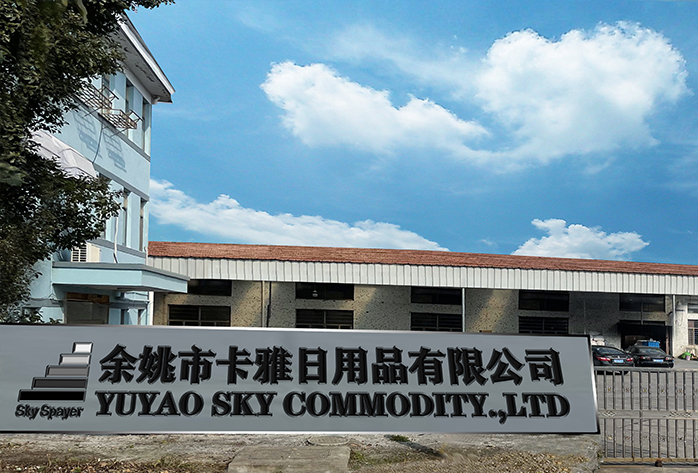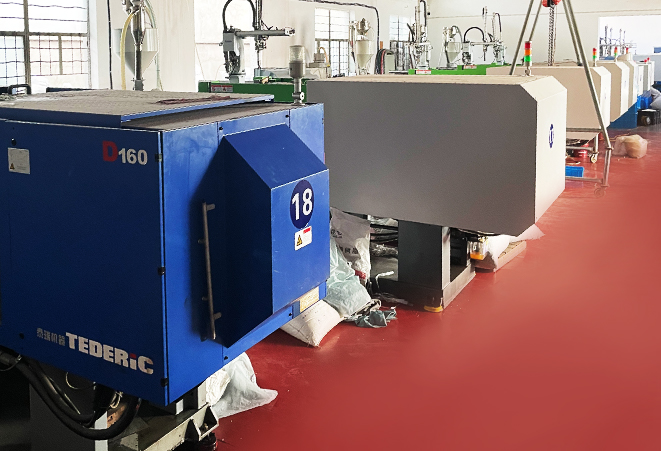What are the key advantages of using roll-on bottles for cosmetics in terms of portability, precision, and ease of use?
Roll-on bottles for cosmetics offer several key advantages in terms of portability, precision, and ease of use, making them a popular choice for various cosmetic products. Here are the key advantages:
Portability:
Compact Design:
Roll-on bottles are typically small and lightweight, making them ideal for on-the-go use. They easily fit in purses, pockets, or travel bags, allowing users to carry their favorite cosmetics conveniently.
Leak-Resistant: Roll-on bottles often come with secure caps or closures that help prevent leaks and spills, ensuring that the product remains contained during travel.
Precision Application:
Controlled Dispensing: The roll-on mechanism provides a controlled and precise way to apply the cosmetic product, allowing users to target specific areas without wastage.
Even Distribution: The rolling ball ensures that the product is distributed evenly, avoiding uneven patches or streaks that can occur with other application methods.
Ease of Use:
No Need for Brushes or Applicators: Roll-on bottles eliminate the need for additional brushes or applicators, reducing the number of accessories a user has to carry.
Minimal Mess: The roll-on application is generally mess-free, preventing accidental spills or overuse of the product.
Hygiene:
Reduced Contact: Roll-on bottles minimize direct contact with the product, which can help maintain the hygiene and shelf life of the cosmetic.
Prevents Contamination: The roll-on ball remains protected inside the bottle when not in use, reducing the risk of contamination from external factors.
Versatility:
Suitable for Various Cosmetics: Roll-on bottles are versatile and can be used for a wide range of cosmetic products, including perfumes, essential oils, serums, moisturizers, deodorants, and more.
Customizable: These bottles can be customized in terms of size, shape, and design to match the specific needs and branding of the cosmetic product.
Reduced Product Waste:
Product Conservation: The precision of roll-on application minimizes product waste, as users can apply the right amount of cosmetic without excess spillage.
Easy to Empty: Users can easily empty the contents of the roll-on bottle, ensuring they get the most out of their cosmetic product.
Targeted Application:
Ideal for Spot Treatments: Roll-on bottles are perfect for spot treatments, such as applying concealer, acne treatments, or fragrance to pulse points.
Controlled Flow:
Adjustable Flow: Some roll-on bottles allow for adjustable flow control, allowing users to customize the amount of product dispensed with each application.
Overall, roll-on bottles offer a convenient and efficient way to apply cosmetics, providing a balance between precision and ease of use while being highly portable and hygienic. These advantages make them a popular choice for both personal and travel-friendly cosmetic products.



 Español
Español
 Français
Français

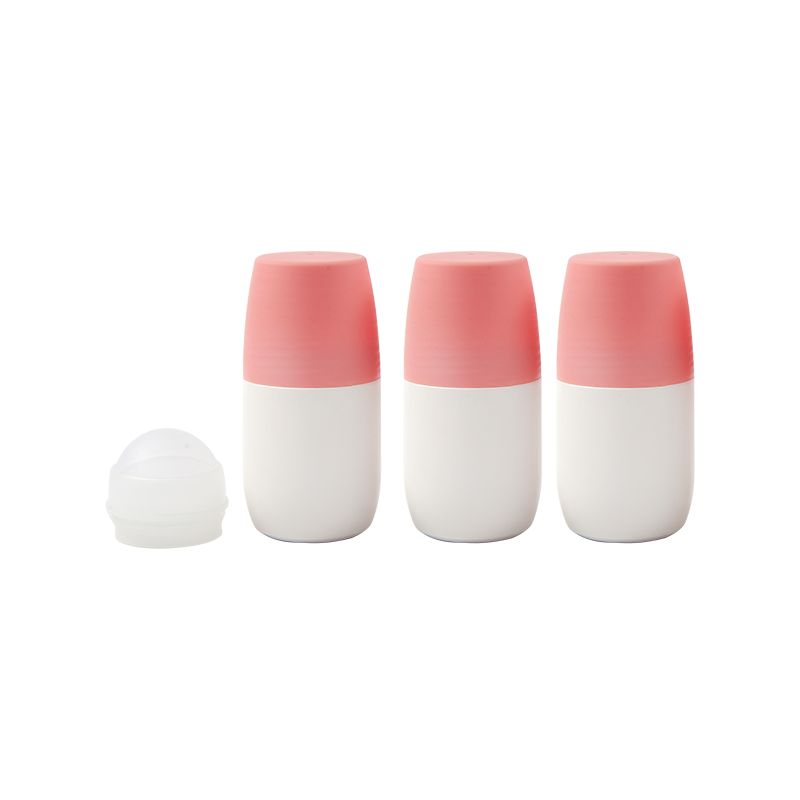
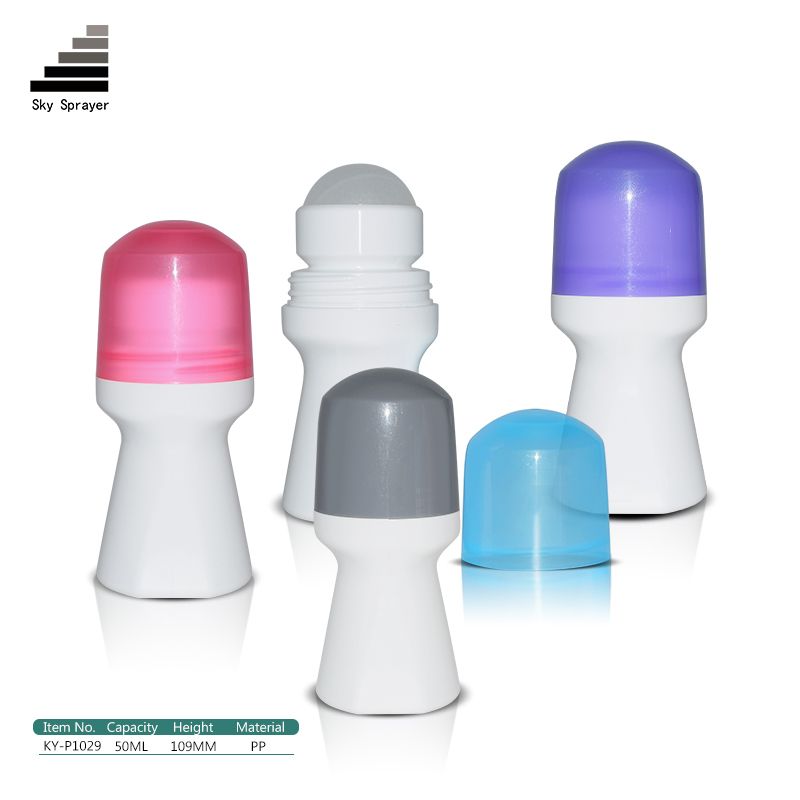
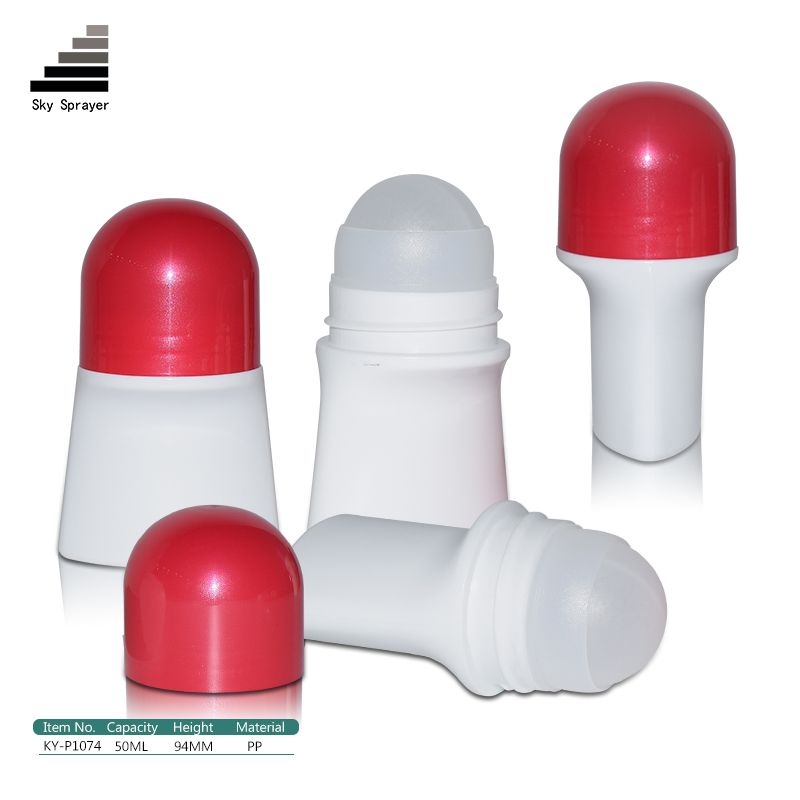
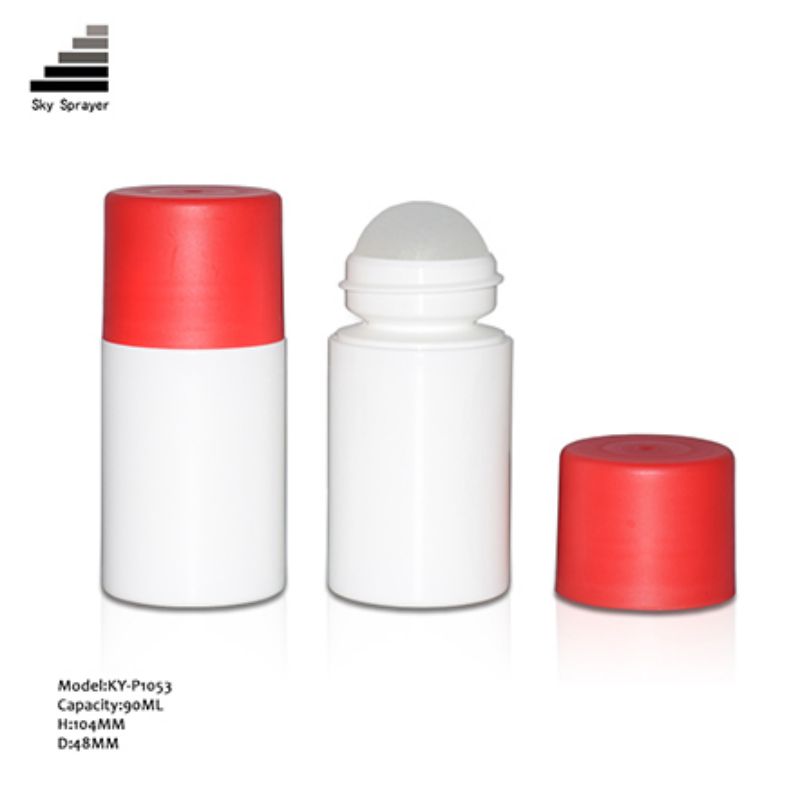
(2).jpg)
(2).jpg)
(2).jpg)
(1).jpg)
(1).jpg)
(1).jpg)
(1).jpg)
(1).jpg)
